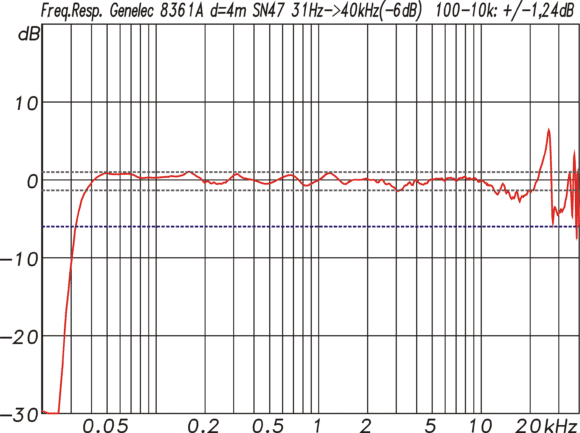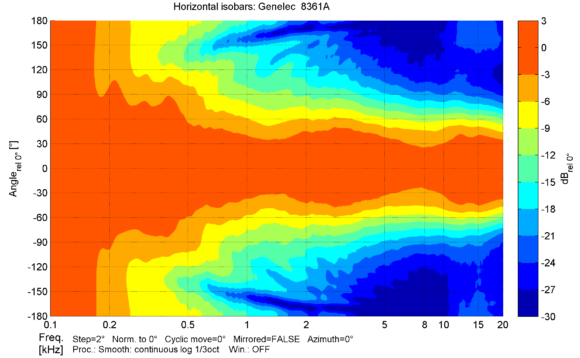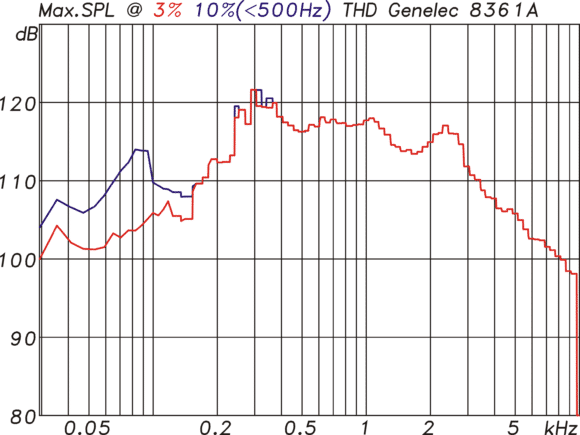I can't find a quote that specific, but he has said that reflections don't really matter in multi-channel, and that
the direct sound always dominates due to the number of sources. However, in his book in the multi-channel section he does state that wide-dispersion bipoles(not dipoles) make good side surrounds because they cover a wider area, but that seemed based around the idea of a multi-row theatre. And with the same reasoning, that CBTs might be the real optimal solution since they allow for more even sound even over a larger row(pictured are 13 seats in 3 rows of 3/5/5). Absorption is also advised at first reflection points as
@thewas stated, and on rear and front walls, but with diffusers further back on the side walls between the surround speakers. That absorption is optional if you use the room for stereo as well, of course. (p. 422)
While it's true he uses wide-ish dispersion speakers in his own home setup(though no bipoles), not only are the first reflection points heavily treated/nonexistent(one is an open wall) but they are replaced with speakers at the +/- 60 degree point(in addition to side and rear surrounds).I suspect they are Front Wides nowadays since that is a supported configuration by some AVRs. So his room only has direct sound from the normal first reflection points regardless.
I would guess that the directivity width of surround speakers is secondary to the setup design and room considerations themselves. If you're in a situation where you can't treat as heavily, it does seem like they may be helpful, especially if you don't have such a large room to cover. On the other hand, if you do, it seems like wide, even dispersion is the way to go, with "even" being the most important attribute, I suspect.



